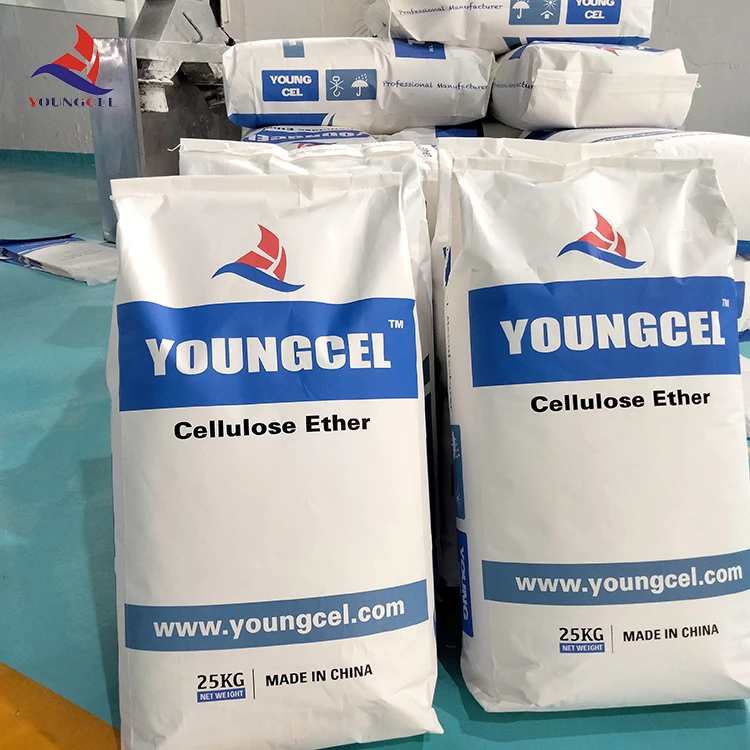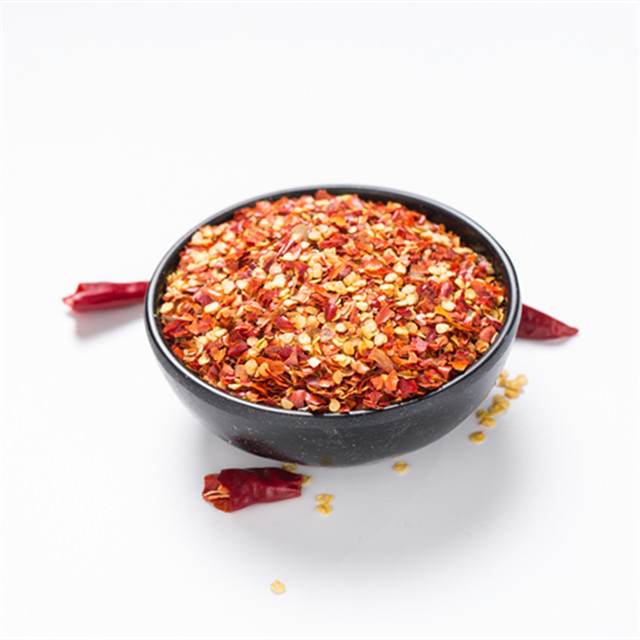- Defining PVA Composition and Core Properties
- Chemical Advantages and Technical Superiority
- PVA in Construction Applications with Cement and Water
- Market Data and Industrial Impact Metrics
- Leading Polymer Manufacturers Comparison
- Specialized Formulation Solutions
- Real-World Implementation Case Studies

(what is pva and what is it used for)
What Is PVA and What Is It Used For?
Polyvinyl Alcohol (PVA) is a synthetic polymer created through alcoholysis of polyvinyl acetate. Unlike most polymers, PVA dissolves in water instead of resisting it. This water-soluble characteristic makes it valuable across industries for binding, film-forming, and adhesion applications. Molecular chains contain hydroxyl groups enabling hydrogen bonding with both organic and inorganic compounds. Grades differ by degree of hydrolysis (87-99%), viscosity (4-65 cP), and molecular weight (31,000-186,000 g/mol).
Primary industrial uses include paper coatings (32% of global consumption), textile sizing (28%), adhesives (21%), and construction additives (12%). PVA's low toxicity and biodegradability distinguish it from alternatives like PVAc, with approximately 78% decomposing within 60 days in landfill conditions. Annual global production exceeds 1.4 million metric tons, showing steady 4.2% CAGR due to adoption in emerging economies.
Chemical Properties and Technical Superiority
PVA's molecular structure enables unique performance characteristics critical for industrial applications. Its tensile strength ranges from 34-110 MPa depending on formulation, exceeding many biopolymers by 300-700%. The polymer maintains stability between -20°C and 150°C, with oxygen barrier properties 15-45 times better than polyethylene. These characteristics derive from crystalline domains within the molecular matrix.
Cross-linking mechanisms significantly enhance functionality. When combined with aldehydes or thermosetting resins, PVA transforms into water-resistant films with decreased solubility from 99% to below 5%. Viscosity control during polymerization allows customization for specific applications - lower viscosity grades (4-10 cP) for spraying applications versus high-viscosity types (50+ cP) for adhesive gels. This adaptability gives PVA a technical edge over alternatives like starch-based polymers.
PVA in Construction Applications with Cement and Water
When added to cement mixtures, PVA acts as a multifunctional modifier improving both fresh and hardened concrete properties. Typical addition rates of 3-5% by weight cement yield measurable improvements:
- 40-60% reduction in water permeability
- 28-day flexural strength increase of 15-22%
- Bond strength improvement between new/old concrete by 80-130%
- 20-35% reduction in drying shrinkage cracks
The mechanism involves PVA forming colloidal films around cement particles during hydration. This polymer-cement co-reaction enhances crystallinity while controlling water migration. Field tests show PVA-modified concrete maintains adhesion strength exceeding 1.5 N/mm² even after 150 freeze-thaw cycles. Worker safety improves significantly since PVA replaces hazardous additives like formaldehyde resins in tile adhesives.
Market Data and Industrial Impact Metrics
PVA demonstrates significant economic influence across manufacturing sectors, with construction applications growing fastest at 7.8% annually. Sustainability metrics drive adoption, as PVA reduces water consumption by 18-25% in paper mills and cuts VOC emissions by 94% compared to solvent-based adhesives. Projections indicate the PVA market will reach $1.78 billion by 2028.
Environmental impact comparisons reveal advantages: PVA production requires 32% less energy than comparable petrochemical polymers and generates 41% fewer greenhouse gases. Lifecycle analyses confirm PVA decomposition produces only CO₂, H₂O, and biomass without persistent microplastics. This positions PVA favorably against acrylic alternatives as regulations tighten globally.
Top Global PVA Producers Comparison
| Manufacturer | Market Share | Key Product Grades | Degree of Hydrolysis Range | Specialty Solutions |
|---|---|---|---|---|
| Kuraray | 31% | Poval™ 28-99 | 88-99.9% | High-viscosity adhesives |
| Sekisui Chemical | 22% | Selvol™ 85-107 | 85-98% | Water-soluble films |
| DuPont | 18% | Elvanol™ 51-75 | 87-99% | Textile sizing |
| Nippon Gohsei | 14% | Gohsenol™ NL-05 | 79-99% | Construction additives |
| Anhui Wanwei | 9% | Vinol™ 203-605 | 88-99.5% | Packaging coatings |
Specialized Formulation Solutions
PVA's versatility allows precise engineering for industry-specific challenges. Paper manufacturing utilizes partially hydrolyzed grades (87-89%) for coatings that enhance gloss and ink receptivity while reducing fiber consumption by 17%. Textile production employs medium-viscosity types to create protective sizing layers removable with hot water, saving 42% energy versus chemical desizing.
Advanced copolymerization produces variants like PVAc-PVA blends for improved moisture resistance. Cross-linked versions using glutaraldehyde yield coatings that delay drug release in pharmaceuticals. For packaging, fully hydrolyzed PVA (99%+) creates transparent films that dissolve completely in 65°C water, replacing traditional plastic in detergent pods. Formulation specialists now incorporate silica nanoparticles to boost barrier properties without compromising biodegradability.
Real-World Implementation Case Studies
Major construction firms increasingly specify PVA modifications for critical infrastructure projects. Tokyo's Hamarikyu Bridge utilized Sekisui's polymer-enhanced concrete, achieving 1.8 N/mm² adhesion strength for repairs on saltwater-exposed structures. This formulation outperformed epoxy alternatives by surviving 120-day salt spray testing without degradation.
In sustainable packaging, Unilever transitioned to PVA-based mono-material sachets, reducing multi-layer plastic consumption by 370 tons annually. Water treatment plants in Denmark use PVA-encapsulated bacteria beads that degrade pollutants while preventing bacterial washout, boosting efficiency by 40%. These implementations validate PVA's technical advantages while addressing environmental concerns, solidifying its role in industrial solutions.
What Is PVA Most Commonly Used For Today?
Current usage patterns confirm PVA's dominance as a multi-functional polymer with construction applications growing most rapidly. Recent developments include smart-responsive formulations that change properties under specific temperatures or pH conditions. The majority (over 65%) of new construction adhesive patents filed since 2020 feature PVA-modified chemistry due to regulatory pressure on volatile organic compounds.
Innovation continues with self-healing concrete systems where encapsulated PVA adhesive patches activate upon crack formation. Packaging applications now incorporate enzyme-embedded films that accelerate decomposition post-use. As legislation increasingly favors biodegradable materials, PVA adoption expands, particularly where water solubility is functional rather than problematic. These advances ensure PVA remains integral to material science and industrial processes.

(what is pva and what is it used for)
FAQS on what is pva and what is it used for
Q: What is PVA and its primary purpose?
A: PVA (Polyvinyl Acetate) is a synthetic polymer adhesive. It's mainly used as wood glue and bonding agent for porous materials. Common applications include carpentry, bookbinding, and paper crafts.
Q: How is PVA used with cement?
A: PVA acts as a bonding agent when mixed with cement or mortar. It improves adhesion, flexibility, and durability in concrete repairs and renders. This mixture also reduces dust formation in cement applications.
Q: What happens when mixing PVA with water?
A: Diluting PVA with water creates a sealer or primer for porous surfaces like plaster or concrete. This mixture improves paint adhesion and reduces substrate porosity. Always follow manufacturer dilution ratios for optimal results.
Q: Why use PVA instead of other glues?
A: PVA excels in porous material bonding like wood-to-wood joints. It dries clear, remains flexible when cured, and is non-toxic when dry. Unlike solvent-based adhesives, it's easy to clean with water before setting.
Q: Can PVA-water mixtures act as waterproof sealants?
A: No, PVA solutions offer water resistance but aren't waterproof. They provide temporary moisture protection for substrates like drywall before painting. For permanent waterproofing, use specialized sealants instead of PVA.
-
The Application and Significance of Construction RdpNewsMay.19,2025
-
Industrial Grade HpmcNewsMay.19,2025
-
Building Coating Adhesive Building Coating Adhesive HpmcNewsMay.19,2025
-
Application Of Hpmc For Detergent For Detergent In DetergentsNewsMay.19,2025
-
Application Of Hpmc Cellulose In Cement-Based MaterialsNewsMay.19,2025
-
Application Of High Quality Hpmc For Construction In The Field Of ConstructionNewsMay.19,2025




